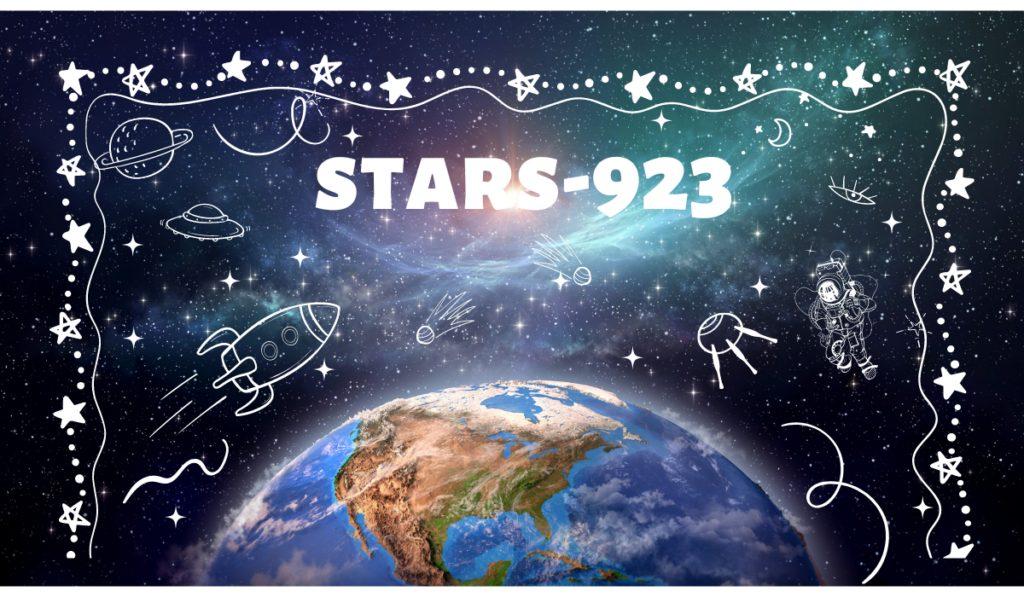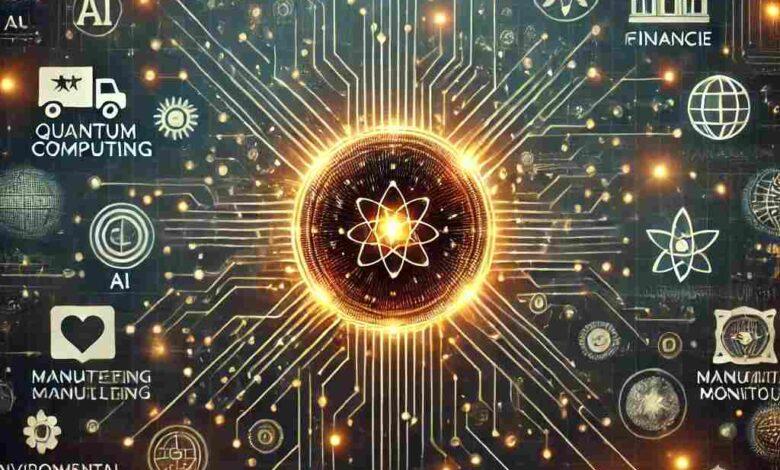
In the vast realm of scientific research and technological advancement, the designation STARS-923 has gained attention for its implications in various fields. This article aims to delve deeply into what STARS-923 represents, its significance, applications, and the broader context within which it operates.
The Concept
STARS-923 refers to a specific initiative or technology that may encompass a variety of scientific and technological dimensions. While the precise definition can vary based on the context, it typically embodies an advanced system, framework, or project that integrates various disciplines, such as astronomy, data analytics, and artificial intelligence. The core objective of STARS-923 is often to push the boundaries of current knowledge and improve methodologies in research and application.
At its heart, it embodies the spirit of exploration and innovation, paralleling historical advancements in science and technology. Just as earlier breakthroughs have transformed our understanding of the universe, STARS-923 signifies a new frontier in research methodologies and technological capabilities.
Historical Context
The genesis of STARS-923 can be traced back to a growing need for advanced systems capable of handling complex data sets and performing sophisticated analyses. In recent decades, as technological advancements have proliferated, so too has the demand for systems that can efficiently process large volumes of information. This need has led to the development of various platforms and technologies aimed at enhancing our ability to interpret and analyze data.
Initially, STARS-923 was conceived as a collaborative project involving experts from diverse fields. The idea was to create a platform that not only streamlined data collection but also provided tools for analysis that were both user-friendly and powerful. Researchers recognized the limitations of existing systems and sought to develop something that could cater to a broader audience while maintaining high levels of accuracy and reliability.
Key Features

One of the standout attributes of STARS-923 is its multifaceted approach to data handling and analysis. At its core, STARS-923 incorporates several key features that set it apart from traditional systems.
Integration of Advanced Technologies
It utilizes cutting-edge technologies such as artificial intelligence (AI) and machine learning (ML) to enhance data processing capabilities. By leveraging these technologies, STARS-923 can not only handle larger data sets but also learn from the data, adapting its analysis techniques over time. This adaptability is crucial for researchers who need tools that evolve alongside their work.
User-Centric Design
Understanding the diverse backgrounds of its users, it emphasizes a user-centric design. This means that researchers, whether seasoned experts or newcomers, can navigate the platform with ease. The intuitive interface allows for quick access to tools and features, fostering an environment where creativity and innovation can flourish.
Real-Time Data Analysis
In many research scenarios, time is of the essence. It addresses this need by providing real-time data analysis capabilities. Researchers can obtain immediate insights from their data, enabling them to make informed decisions swiftly. This real-time processing not only enhances productivity but also allows for more dynamic research methodologies.
Collaborative Environment
Another critical feature of it is its emphasis on collaboration. Recognizing that many scientific breakthroughs occur in collaborative settings, the platform facilitates teamwork among researchers. Users can share data, insights, and findings seamlessly, fostering a culture of collective knowledge-building.
Applications of STARS-923

The versatility of it means that it can be applied across various domains. Its ability to process complex data sets and facilitate collaboration has made it particularly valuable in several fields.
Astronomy and Astrophysics
One of the most prominent applications of it is in the field of astronomy. Researchers utilize the platform to analyze astronomical data collected from telescopes and satellites. The sophisticated algorithms integrated into STARS-923 allow for the identification of celestial bodies, the analysis of light patterns, and the study of cosmic phenomena. This application is crucial for advancing our understanding of the universe and the laws governing it.
Environmental Science
In the context of environmental science, it aids researchers in analyzing ecological data. Whether it’s monitoring climate change, assessing biodiversity, or studying natural resource management, the platform provides the tools needed to process vast amounts of environmental data. Researchers can identify trends, model scenarios, and develop strategies for sustainability more effectively.
Healthcare and Medical Research
It also finds relevance in healthcare and medical research. The ability to analyze patient data and outcomes in real time empowers researchers to identify correlations and causal relationships that can lead to breakthroughs in treatment protocols. By streamlining data analysis, STARS-923 plays a pivotal role in accelerating medical research and improving patient outcomes.
Social Sciences
In the social sciences, it facilitates the analysis of behavioral data, survey results, and demographic information. Researchers can uncover patterns in human behavior, understand societal trends, and inform public policy decisions. This capability is essential for addressing complex social issues and fostering informed decision-making.
Impact on Research Methodologies
The introduction of it has significantly impacted research methodologies across various fields. By providing advanced tools for data analysis and fostering collaboration, the platform has encouraged researchers to rethink traditional approaches.
Enhanced Data Literacy
As researchers engage with it, they become more adept at handling complex data sets. The platform’s user-friendly design and educational resources contribute to enhanced data literacy among users. This improvement is vital in an era where data-driven decision-making is increasingly important.
Interdisciplinary Collaboration
It promotes interdisciplinary collaboration by breaking down silos between different fields of study. Researchers from diverse backgrounds can come together to share insights and findings, leading to innovative approaches and solutions. This collaborative spirit fosters creativity and drives scientific progress.
Accelerated Innovation
With real-time data analysis and advanced technological integration, it accelerates the pace of innovation. Researchers can rapidly iterate on their ideas, test hypotheses, and refine methodologies. This speed is crucial in competitive research environments where time-to-discovery can make a significant difference.
Challenges and Considerations

While it offers numerous advantages, it also presents challenges that users must navigate. Understanding these challenges is crucial for maximizing the benefits of the platform.
Data Privacy and Security
As with any platform that handles sensitive data, ensuring privacy and security is paramount. Researchers must be vigilant about data protection measures, particularly when dealing with personal or proprietary information. It incorporates various security features, but users must remain proactive in safeguarding their data.
Learning Curve
Although it is designed to be user-friendly, some users may still encounter a learning curve when first engaging with the platform. Adequate training and support resources are essential to help users acclimate and leverage the platform’s full potential.
Resource Allocation
Implementing it may require initial investment in terms of time, training, and resources. Organizations must be prepared to allocate the necessary resources to ensure successful adoption and integration into their workflows.
Future Directions
The evolution of it is likely to continue as technological advancements reshape the landscape of research and data analysis. Several future directions can be anticipated:
Continued Technological Integration
As artificial intelligence and machine learning continue to advance, it will likely integrate even more sophisticated algorithms. This evolution will enable the platform to handle increasingly complex data sets and provide deeper insights.
Expansion of Applications
The versatility of it means that its applications will likely expand into new fields. As researchers identify novel use cases, the platform can adapt to meet the unique needs of various disciplines.
Community Development
The future of it may also involve the development of a vibrant user community. Engaging users in discussions, sharing best practices, and fostering collaboration among peers can enhance the overall user experience and drive innovation.
Focus on Ethical Considerations
As data-driven research grows, ethical considerations surrounding data use and privacy will become increasingly important. It will need to address these concerns proactively, ensuring that researchers can navigate ethical dilemmas effectively.
Conclusion
It stands as a testament to the power of innovation and collaboration in advancing scientific research and technology. By providing a robust platform for data analysis and fostering a user-centric environment, it empowers researchers across various fields to push the boundaries of knowledge.
The impact of it on research methodologies is profound, promoting interdisciplinary collaboration and enhancing data literacy. While challenges exist, the potential benefits far outweigh them, making STARS-923 an invaluable asset in the pursuit of scientific discovery.
As we look to the future, the evolution of it promises to unlock new opportunities for research and innovation. By staying attuned to technological advancements and fostering a culture of collaboration, it will continue to play a pivotal role in shaping the landscape of science and technology for years to come.


